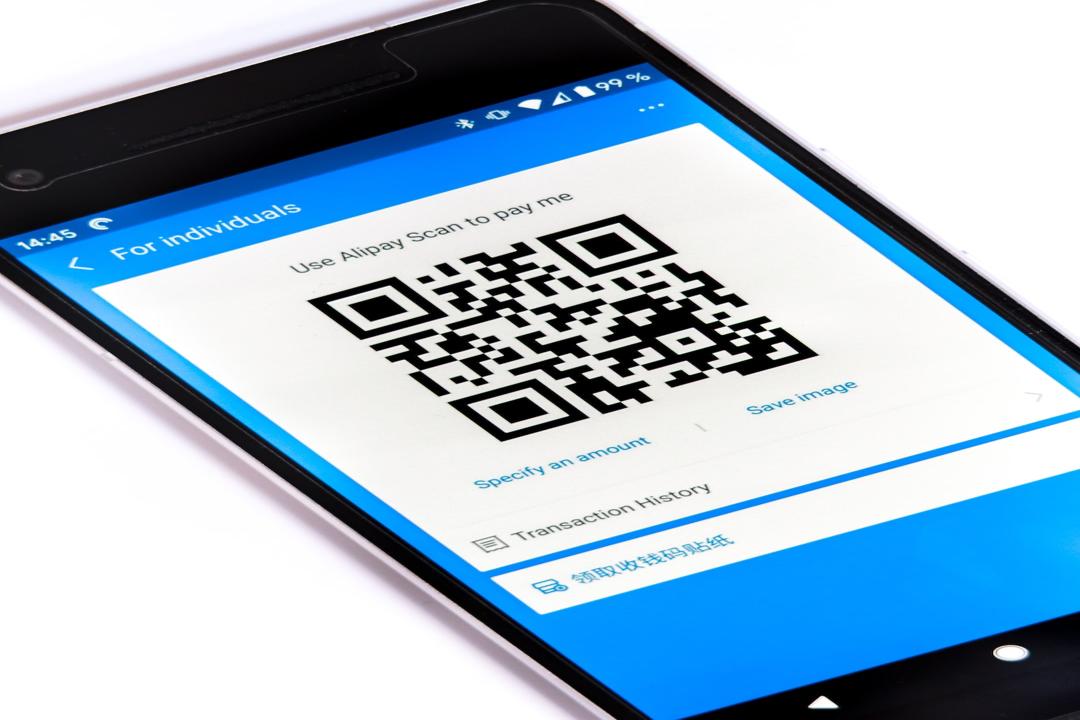The daily average transaction count for Runes, a new token standard on the Bitcoin blockchain, has experienced a significant decline of over 88% since its peak in June.
Data from Crypto Koryo’s Dune Analytics reveals that the average daily Runes transactions from June 22-28 was 37,820, which is nearly a 90% decrease from the daily average of 331,040 recorded between June 9-15.
On June 24, there were only 23,238 transactions, marking the lowest number since the protocol was launched at Bitcoin’s fourth halving event on April 20.
Since the protocol’s launch, Runes transactions have accounted for only 4.9% to 11.1% of all Bitcoin transactions in the past week.
The significant drop in Runes transactions has had a notable effect on Bitcoin miner fees, as they continue to feel the impact of the previous halving event.
Over the last six days, Runes have contributed less than 2 Bitcoin in miner fees, which is a massive decrease from the record high of 884 Bitcoin on April 24.
Fees from Ordinals inscriptions and BRC-20 tokens have also been exceptionally low during the same period.
Initially, these protocols were seen as a new source of revenue for miners who previously relied on regular peer-to-peer Bitcoin transfers to generate network fees.
After the April 20 halving event, fees from Runes and Ordinals were able to compensate for the 50% reduction in block subsidy for a few days. However, trading volumes have since become largely unpredictable.
Runes, launched by Casey Rodarmor, the inventor of Ordinals, on April 20, has been promoted as a more efficient method of creating new tokens on the Bitcoin network compared to the BRC-20 token standard and other solutions.
The decline in network fees and the decrease in Bitcoin’s price have caused Bitcoin’s hash price, a crucial metric for measuring miner revenue, to drop to nearly its lowest level ever.
Simultaneously, Bitcoin miner reserves reached a low of 1.90 million Bitcoin on June 19, the lowest level in over 14 years in terms of Bitcoin.

